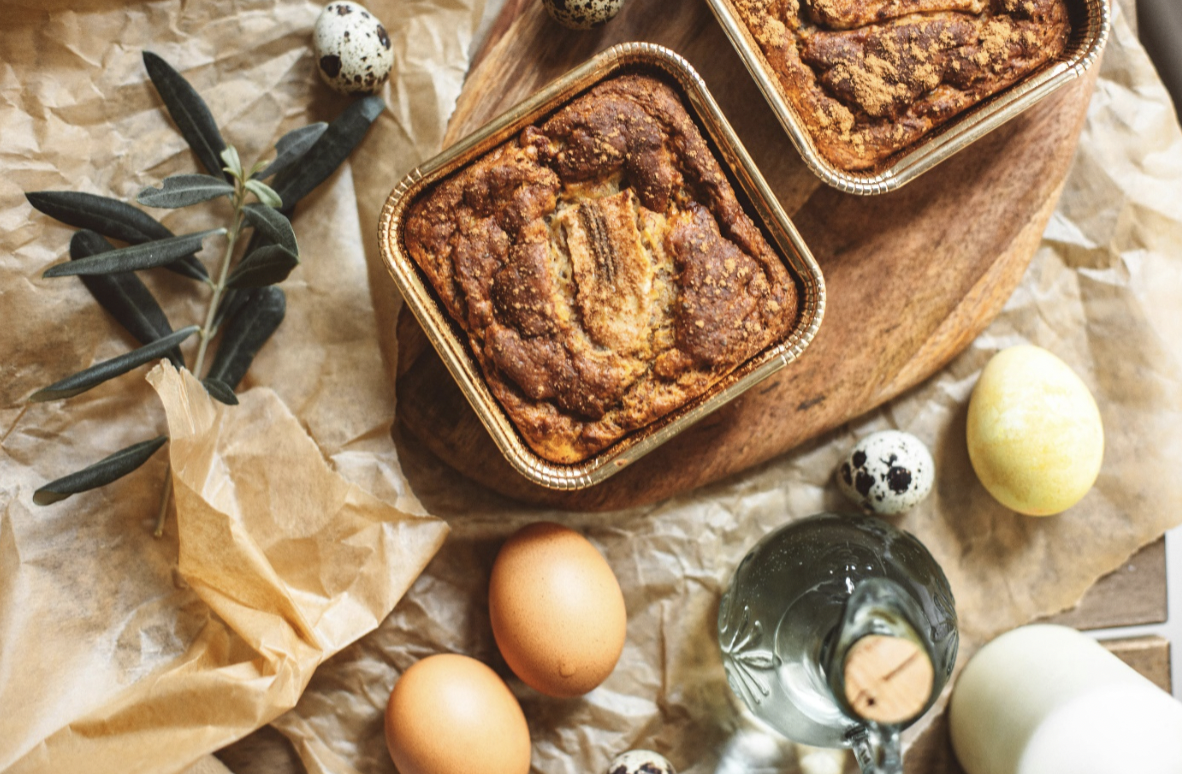Ever followed a recipe exactly and still ended up with a flat cake or dry cookies? You’re not alone. Even
the most basic desserts can go wrong if you miss a step or rush through the process. But here’s the good news—you don’t need to be a pastry chef to make great treats at home.
With a few helpful tips, anyone can turn out soft, sweet, and consistently good baked goods. These
aren’t fancy secrets or expert-level tricks. They’re simple, practical ideas that make a real difference in
how your desserts look, taste, and feel. Let’s get into it!
1. Read the Full Recipe Before You Start
You’d be surprised how many people skip this. Scanning the ingredients and jumping in might seem efficient, but it can lead to a mess mid-process. Some recipes have chill times, unexpected steps, or special tools you didn’t prep for. Reading through everything once before you begin helps you plan properly, stay relaxed, and avoid scrambling at the last minute. It’s a small step, but it makes the whole process smoother.
2. Start with a No-Fail Favorite
If you’re new to baking or just want a guaranteed win, start with something simple. Recipes with minimal steps and basic ingredients give you the best chance at success. Bar-style treats and snack cakes are perfect examples—they’re hard to overbake and easy to get right. One great place to start is with a banana bars recipe. This dessert is soft, moist, and topped with a smooth cream cheese frosting – a kind of dessert that’s easy to make and always crowd-pleaser — perfect for building confidence and learning the basics.
3. Always Measure Ingredients Correctly
This tip might seem small, but it’s one of the most important. Too much flour or sugar can completely change the final result. The best way to measure dry ingredients is to spoon them into the measuring cup and level them off with a knife—don’t scoop directly from the bag. For liquids, use clear measuring cups and check at eye level. Small changes in how you measure can mean big changes in how your dessert turns out.
4. Bring Ingredients to Room Temperature
Cold eggs, butter, or milk can mess with how your ingredients mix. Room temperature items combine more evenly, which leads to better texture and rise. If you forget to set things out in advance, no worries—soften butter in the microwave for a few seconds (not melted!) or place eggs in warm water for 10 minutes. These little adjustments go a long way in making your batter come together smoothly.
5. Don’t Skip the Cooling Time
Cutting into that warm dessert right out of the oven is tempting, but cooling is part of the process. Letting your bake rest helps everything set properly. It also keeps frosting from melting or crumbling and makes slicing much easier. Patience pays off here. Even just 15–30 minutes of cooling time can give you a cleaner, better result.
6. Preheat Your Oven and Know Its Real Temperature
This step is easy to overlook but is more important than you think. If your oven isn’t hot enough when you put your pan in, your dessert might bake unevenly or take longer than expected. Always wait until the oven is fully preheated before you start baking. Most ovens beep, but they’re not always accurate. To be sure, consider using an oven thermometer—it’s an inexpensive tool that helps you know exactly what temperature you’re working with. A few degrees off can make a big difference in how your dessert turns out.
7. Line or Grease Pans the Right Way
No one wants their hard work stuck to the bottom of the pan. Greasing or lining your pans properly can save your dessert from disaster. You can use parchment paper, nonstick spray, or the butter-and-flour method for cakes or bars. If you’re using parchment, leave a bit hanging over the edges so it’s easy to lift the whole thing out. Prepping your pan correctly ensures your treat comes out clean—and in one piece.
8. Use the Middle Rack for Even Results
Rack placement matters more than most people realize. The middle rack usually provides the most even heat and is the safest choice for most baked goods. Placing your tray too close to the top can cause over-browning while putting it near the bottom might lead to undercooked centers. Unless the recipe says otherwise, stick to the middle and rotate your tray halfway through for extra consistency.
9. Don’t Just Guess, Test for Doneness
Visual cues are helpful, but they’re not always enough. A dessert can look golden on top and still be raw inside. That’s where simple tools like a toothpick or cake tester come in. Insert it into the center. Your dessert is ready if the tester comes out clean or with just a few crumbs, it’s ready. Also, some desserts spring back when lightly touched. Knowing when your bake is done can be the difference between perfectly soft and sadly undercooked.
10. Store and Freeze for Long-Lasting Freshness
How you store your desserts affects how long they stay fresh. Use airtight containers to keep moisture in and air out. Some treats can sit at room temperature, while others are better stored in the fridge. Want to enjoy them later? Many baked goods freeze well. Just wrap them tightly in plastic wrap and place them in a container or freezer-safe bag. When you’re ready to enjoy, let them thaw at room temperature for the best taste and texture.
Making great desserts doesn’t have to be complicated. With these foolproof tips, you’ll feel more confident whenever you enter the kitchen. Whether you’re trying something new or improving an old favorite, small changes in how you prepare, measure, and finish can make a big difference. Start with easy wins, like the banana bars recipe mentioned earlier, and keep practicing. The more you bake, the better you’ll get—and the sweeter the rewards.

